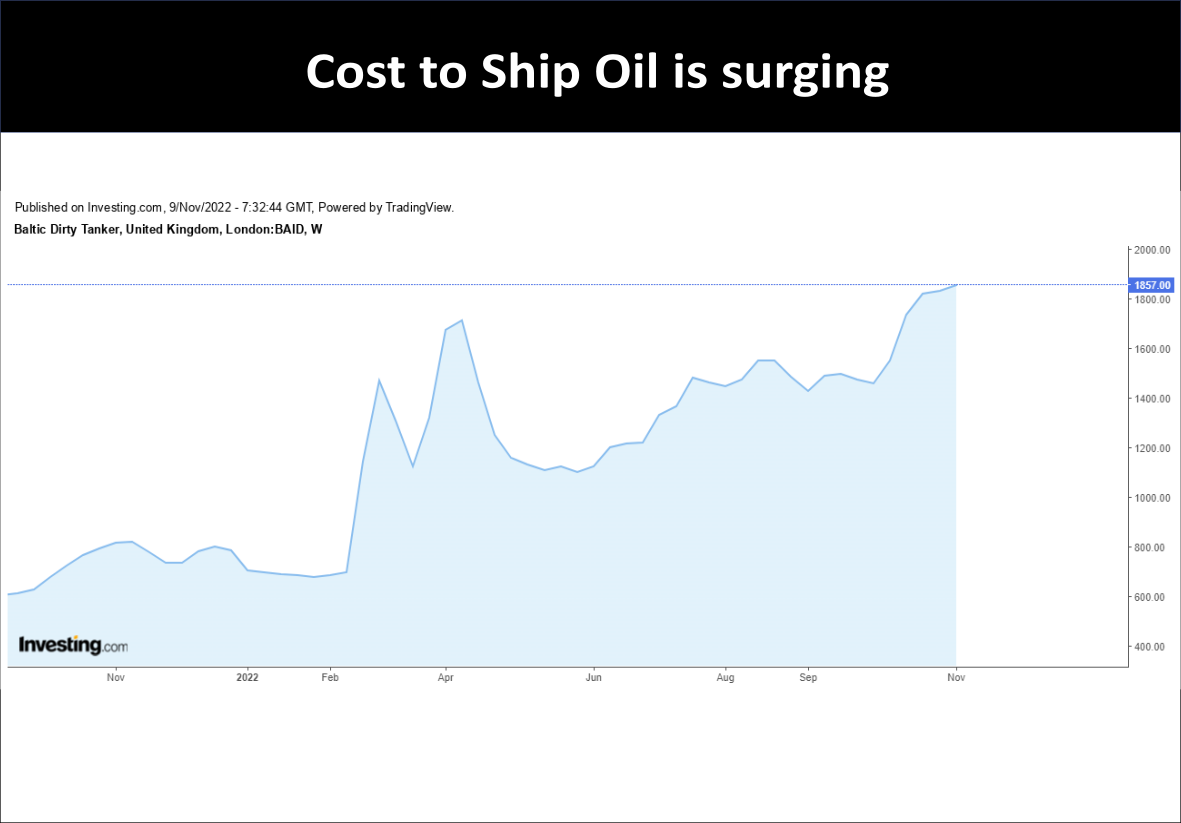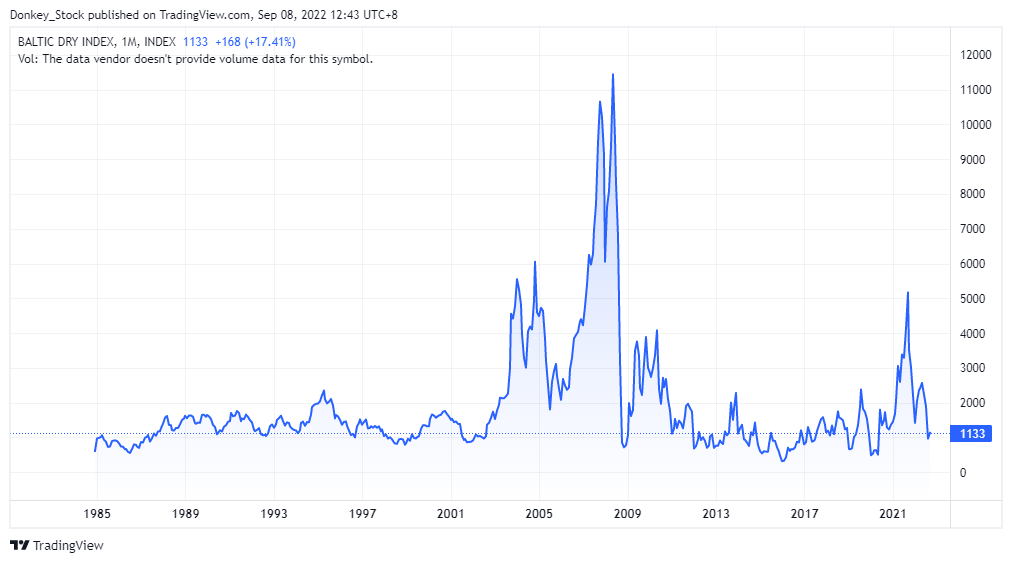Glossary for Oil Shipping Industry
The index used in these industries and the major types of ships

Baltic Tanker Index
Baltic Dirty Tanker index
is used for crude oil
Baltic Clean Tanker index is used for petroleum
products.
Type of Oil Tanker Ships
ULCC
Also known as: Ultra
large crude carrier. ULCC refers to the largest class of oil tanker, which is
larger than VLCC. ULCC tankers are in the range of 320-560 DWT. They are used
exclusively for crude oil shipping.
ULCC crude tankers are
typically used on long-haul routes. They can not go through the Panama or Suez
Canals. They are also draft-limited in which ports they can enter. Frequently,
draft limits are avoided by lightering cargoes onto or off ULCCs using smaller
ships.
VLCC
Very large crude
carriers (VLCCs). VLCC refers to a class of large oil tanker, larger than
Suezmax and smaller than ULCC.
These ships, with a
length of some 330 metres (1,100 feet), have capacities between 200,000 and
320,000 dwt. They carry in the area of two million barrels. They are used
mostly for crude oil shipping, but they can also handle dirty products
(residual fuel oil).
VLCC crude tankers are
typically used on long-haul routes. They cannot go through the Panama or Suez
Canals. They are also draft-limited in which ports they can enter. Frequently,
draft limits are avoided by lightering cargoes onto or off of VLCCs using
smaller ships.
Suezmax
Suezmax refers to a
class of medium-sized oil tanker, larger than Aframax and smaller than VLCC.
Suezmax tankers are in the range of 120-180 DWT.
They are used mostly for
crude oil shipping but can also handle dirty products (residual fuel oil).
Suezmax crude tankers are typically used on long-haul routes. Suezmax gets its
name from being the largest tanker capable of going through the Suez Canal.
Aframax
Aframax refers to a
class of oil tanker of medium size, larger than Panamax and smaller than
Suezmax.
Aframax tankers are in
the range of 80-120 DWT. The typical drafts vary by vessel but are usually in
the region of 14.5-15.5 m. They are used for crude and refined products
shipment. If moving product, they are often called LR2.
Aframax crude tankers
are typically used in short- to medium-distance routes and to serve ports that
cannot handle the larger and lower-cost-per-barrel Suezmax or VLCC tankers.
The name Aframax comes
from an oil tanker rate system introduced by Shell called the Average Freight
Rate Assessment.
LR1 & LR2
Long range oil tanker.
LR1 approx. 50-80,000
dwt.
LR2 approx. 80-120,000
dwt.
MR
Medium range oil tanker
of approx 30-55,000 dwt.
FSO
Floating (Production)
Storage Offloading vessel. Vessels that are used in offshore oil production, either
taking processed crude from another installation or storing it until it can be
brought to shore (FSO) or a vessel also fitted with production equipment. In
the latter case the vessel can be connected "directly" to the well.
Suitable for smaller fields far from
existing infrastructure
because the most expensive asset can be reused on another field later.
Related Guides
What is BDI
2022-09-08
|
Logistics
|
Tags: BDI
Baltic Dry Index, BDI, is the index that measures the logistics cost for raw materials.
